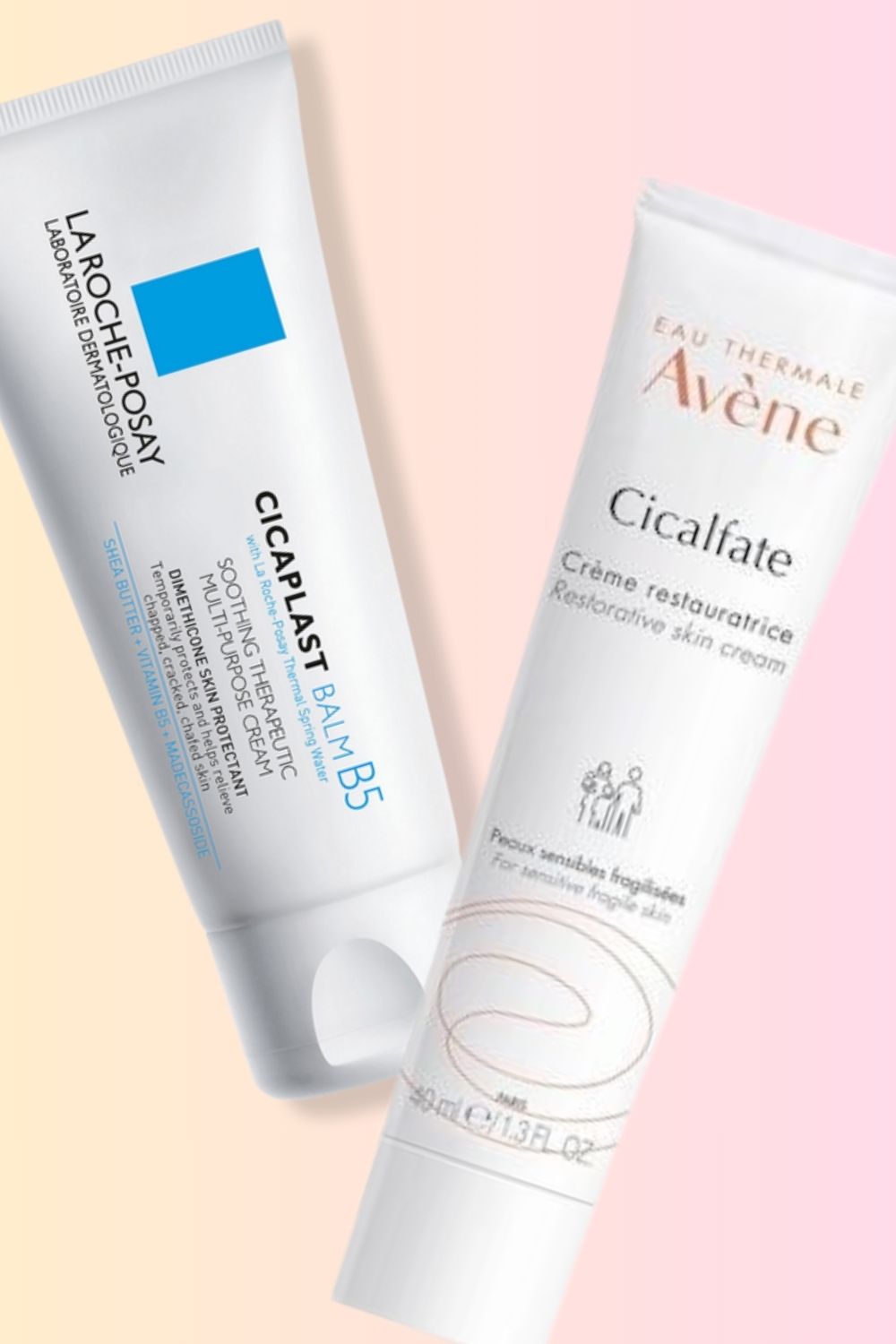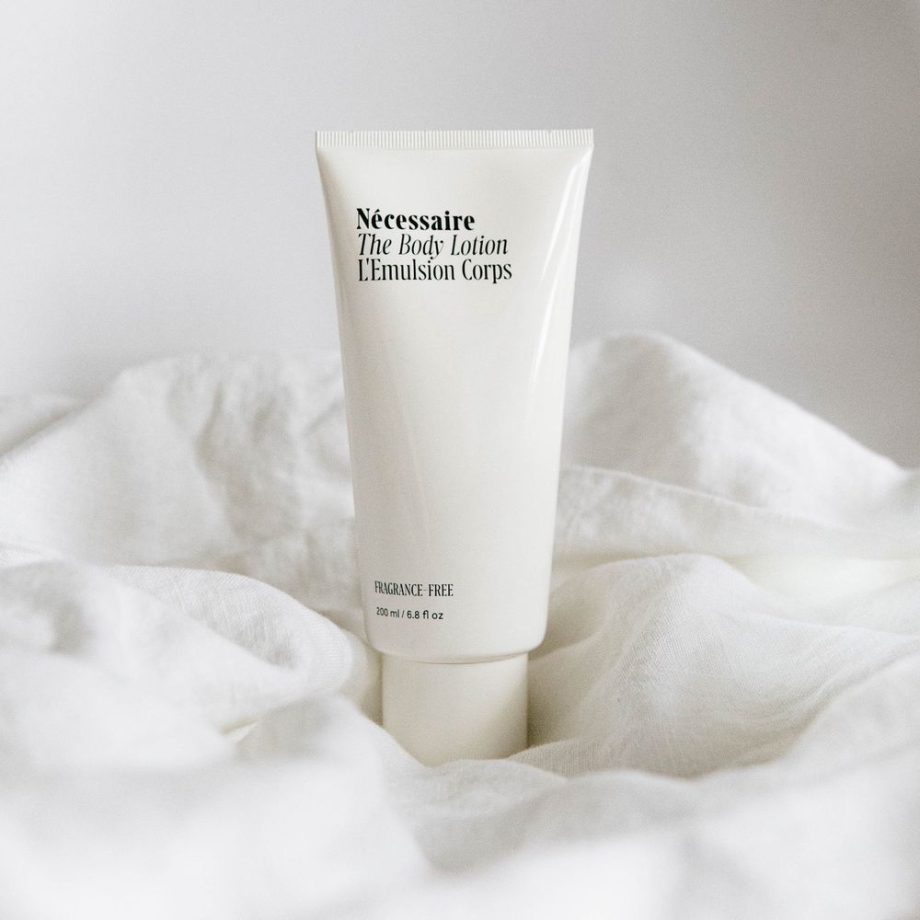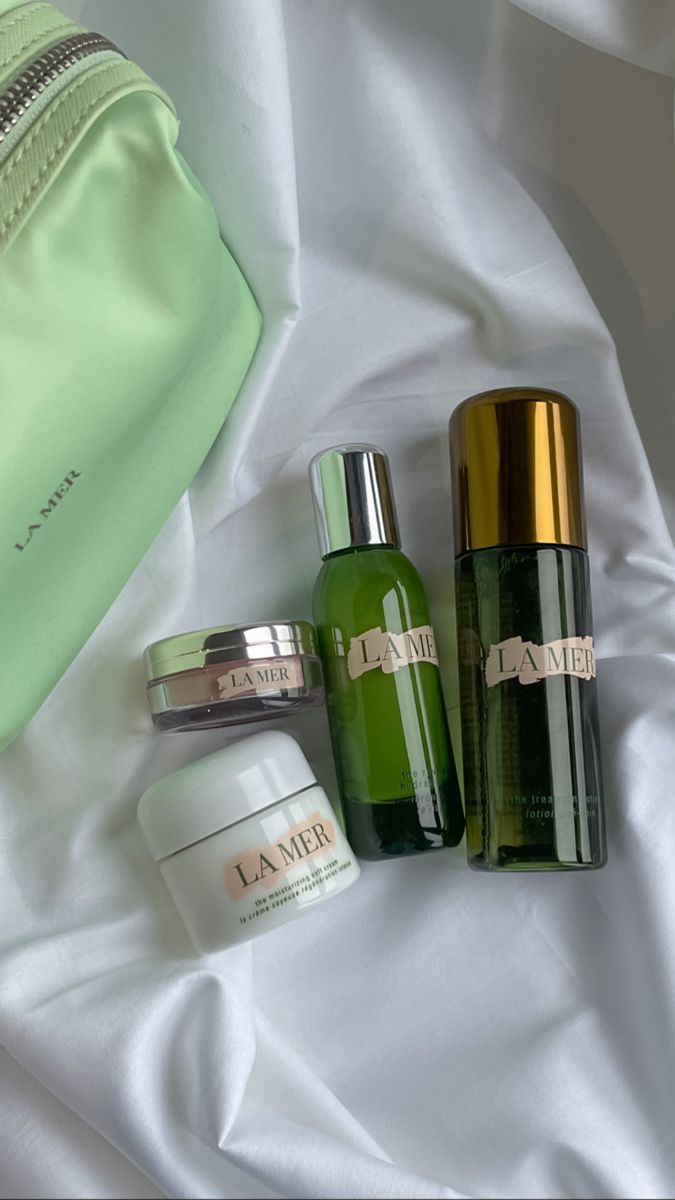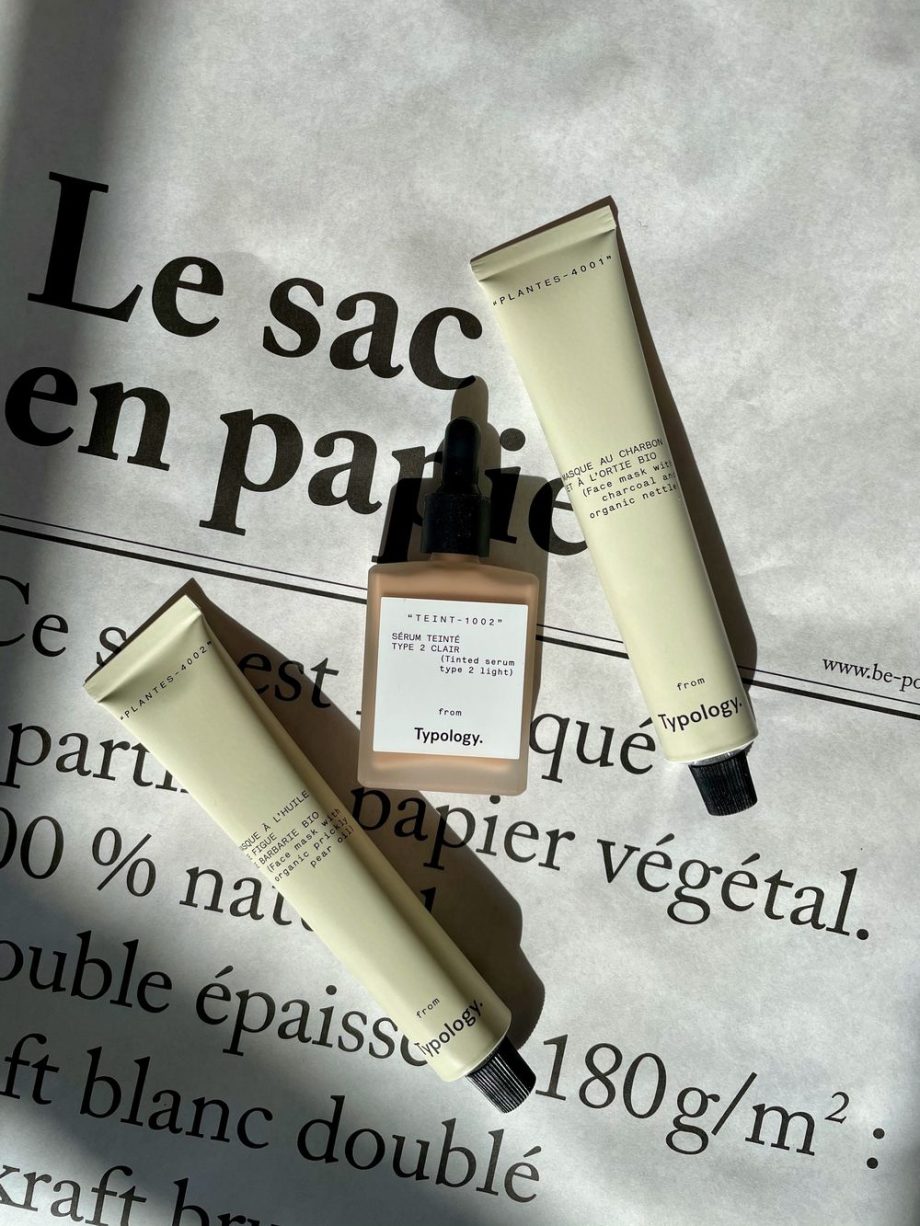Welcome to my latest skincare battle post! I’m excited to compare two popular products in the world of French pharmacy skincare: Avène Cicalfate Restorative Cream and La Roche-Posay Cicaplast Balm. These two healing creams are often used to repair and soothe damaged or irritated skin, making them go-to products for many beauty lovers.
But which one reigns supreme?
Today, we’ll be analyzing the ingredients, benefits, and overall effectiveness of each product to determine which one deserves a spot in your skincare routine. So, whether you’re dealing with dryness, redness, or other skin concerns, keep reading to discover the ultimate winner in the Avene Cicalfate vs La Roche Posay Cicaplast showdown.
When it comes to skincare, finding the right products for your specific needs and concerns can be a daunting task. With an overwhelming amount of options on the market, it’s essential to arm yourself with knowledge and expertise when making a decision.
We will take an authoritative perspective and compare two popular products in the market, Avene Cicalfate and La Roche Posay Cicaplast, to help you decide which one is best for you.

About the Brands
Both Avene and La Roche Posay are well-known and respected brands in the skincare industry, with a history of producing quality products. Avène was founded in 1736 in the small French village of Avene by a pharmacist named Pierre Fabre. The company’s focus was on creating products with Avène Thermal Spring Water, known for its soothing and anti-inflammatory properties.
La Roche Posay, on the other hand, was founded in 1975 in the French village of La Roche Posay, famous for its thermal springs and high concentration of selenium. The company’s mission was to create skincare products that catered to sensitive and problematic skin.
Both companies utilize the power of French thermal spring water in their products, so that’s a plus!
Cicalfate vs Cicaplast Healing Creams
La Roche-Posay Cicaplast Balm B5
$18.99 ($14.07 / fluid ounce) (as of November 25, 2025 16:02 GMT -05:00 - More infoProduct prices and availability are accurate as of the date/time indicated and are subject to change. Any price and availability information displayed on Amazon at the time of purchase will apply to the purchase of this product.)Avene Cicalfate and La Roche Posay Cicaplast are both marketed as healing creams and are commonly used to treat skin irritations, such as cuts, burns, and rashes. However, these two products have some significant differences despite their similar claims.
Firstly, Avene Cicalfate contains a higher concentration of Thermal Spring Water than Cicaplast. This makes it more effective in soothing and repairing the skin’s barrier function.
Additionally, Avene Cicalfate contains zinc oxide, which acts as a protective barrier against external aggressors, while Cicaplast contains highly concentrated levels of Madecassoside, known for its anti-inflammatory properties.
Moreover, Avene Cicalfate has a thicker and greasier consistency compared to the lightweight and quickly absorbing texture of La Roche Posay Cicaplast. This makes Avene Cicalfate better suited for use on dry and cracked skin, while Cicaplast is suitable for all skin types.
If you struggle with sensitive or problematic skin, you might be wondering which of these two products is best for you. Well, the answer ultimately depends on your specific skin concerns.
If you have dry and cracked skin, Avene Cicalfate might be the better option for you.
However, if you have acne-prone or oily skin, La Roche Posay Cicaplast might be a better fit.
Some people also prefer the consistency and texture of one over the other, and it’s essential to consider your preferences when making a decision.
In conclusion, both Avene Cicalfate and La Roche Posay Cicaplast are excellent products with a history of delivering results. They both contain key ingredients that are known to promote healing and are suitable for sensitive skin.
Ultimately, it boils down to personal preference and the specific needs of your skin. We hope that this comparison has helped you make an informed decision when choosing the right healing cream for your skincare routine. Whichever one you choose, we have no doubt that it will become a staple in your skincare arsenal.





